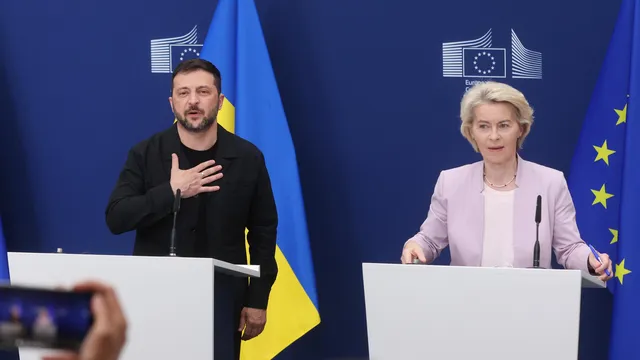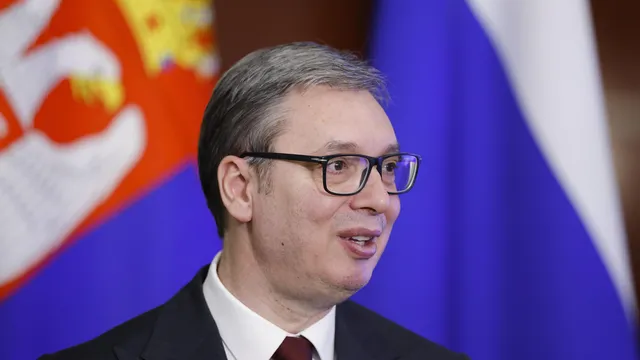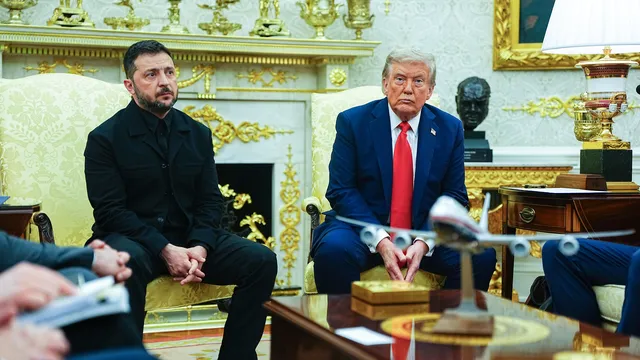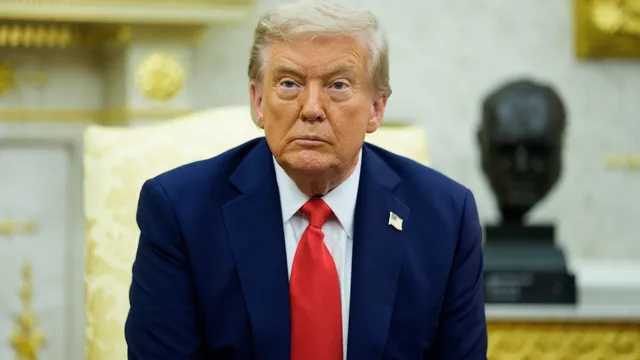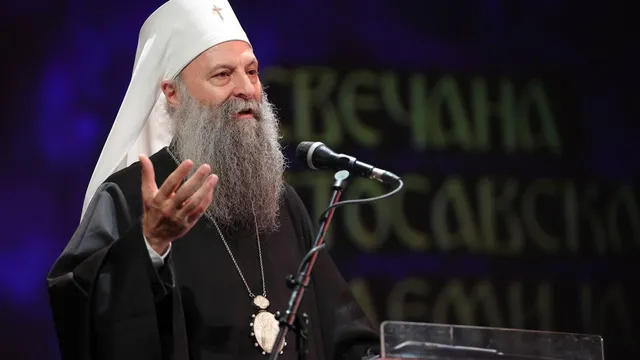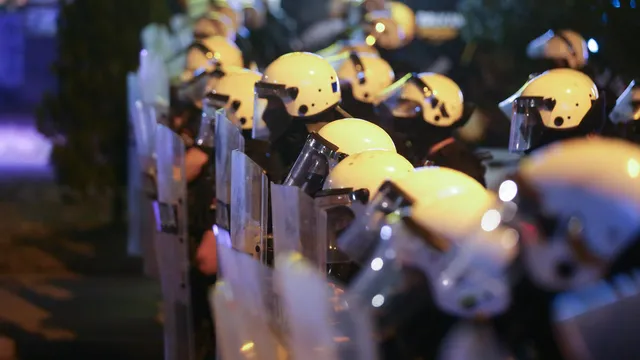After an unusual August of geopolitical meetings, reality is beginning to assert itself: Europe stands alone in defending Ukraine’s sovereignty and, consequently, its own security against Russian aggression, unable to rely on substantial support from the United States.
The sense of strategic isolation comes after a summer of concessions, during which the EU accepted an obviously unbalanced trade agreement imposed by Donald Trump and pledged disproportionately large investments in the U.S., while European NATO members committed to raising defense spending to the ambitious 5% of GDP—everything aimed at satisfying Trump and maintaining American engagement in European security.
Nevertheless, accompanying Ukrainian President Volodymyr Zelensky to the White House, the leaders of the United Kingdom, France, Germany, Italy, Finland, and the European Commission demonstrated unity in rejecting Vladimir Putin’s demands for territorial concessions to end the war. They partially mitigated the political damage from the warm reception Trump offered to the Russian president in Alaska and secured a vague U.S. commitment to support a European security force in case of a ceasefire.
At the same time, Trump again ruled out Ukrainian membership in NATO and canceled the requirement that Russia immediately accept a ceasefire without receiving concessions from Putin. Another self-imposed deadline for tougher sanctions against Moscow passed without action, and he did not guarantee European participation in future peace talks. Additionally, the U.S. Treasury announced a 10% surcharge on all European purchases of American weapons for Ukraine—a de facto “military tax” on allies.
The White House clarified that any support provided to the “stabilization force” being organized by the UK and France for Ukraine would not include “ground troops.” Trump hinted at possible air support, but the Pentagon’s policy chief informed European military leaders that American assistance would be limited. It remains unclear to what extent Europeans could rely on shared intelligence, let alone support, if European forces were attacked in Ukraine. Media reports indicate that Washington has stopped sharing information on U.S.–Russia negotiations even with its closest “Five Eyes” allies—the United Kingdom, Canada, Australia, and New Zealand—on the orders of Trump’s intelligence coordinator, Tulsi Gabbard.
This means that European governments considering sending land, air, missile defense, or naval units, or trainers to support post-war Ukraine, cannot be certain that the U.S. will not suddenly cut off access to vital intelligence and surveillance in the event of a renewed Russian buildup or military action.
De facto, Europe’s leading group faces both political and economic domestic challenges while attempting to increase military and financial support for Kyiv and develop a realistic plan for post-war security guarantees.
Despite the impressive display of European unity at the White House, support is already beginning to fracture. Italian Deputy Prime Minister Matteo Salvini criticized President Emmanuel Macron’s call to deploy European troops to Ukraine. German Chancellor Friedrich Merz is facing criticism within his own coalition over the proposal for Berlin to participate in the “stabilization force.”
The absence of Poland—a staunch ally and Ukraine’s neighbor—also raises questions due to opposition between pro-European Prime Minister Donald Tusk and the new pro-Trump President Karol Nawrocki. Warsaw has stated it will not send troops, citing the need to defend its own borders with Russia and Belarus. Meanwhile, Turkey, controlling access to the Black Sea, is likely to seek political concessions from the EU, including access to EU-funded armament programs.
All of this raises a fundamental question: can a coalition led by Europe actually provide reliable security guarantees to Ukraine in the event of a ceasefire? What will the mission of the “stabilization force” be, and what are the rules of engagement in the event of a Russian attack? What support will come from the U.S. or NATO? And do the key European states have the political will and resilience to restrain Putin, whose goal is precisely to drive the U.S. out of European security and divide Europeans?
Memories of European peacekeeping failures in Bosnia in the 1990s and Europe’s passive response to the annexation of Crimea in 2014 are not encouraging.
European Commission President Ursula von der Leyen stated that the greatest burden will remain on Ukraine itself, which “must become a steel hedgehog, impervious to potential attackers.” Strengthening Ukraine with weapons, trade preferences, and financial support is the most effective contribution Europe can make.
Given that Putin shows no signs of ending the war or entering serious peace negotiations, and Trump hesitates to exert real pressure on Russia, Europe’s ability to ensure a ceasefire remains highly limited. This may even be a positive, as we are still far from having reliable political and military capacity to restrain Russia without secure U.S. support. | BGNES
----------------------------------------------------------------------
Analysis by Paul Taylor, The Guardian

 Breaking news
Breaking news
 Europe
Europe
 Bulgaria
Bulgaria
